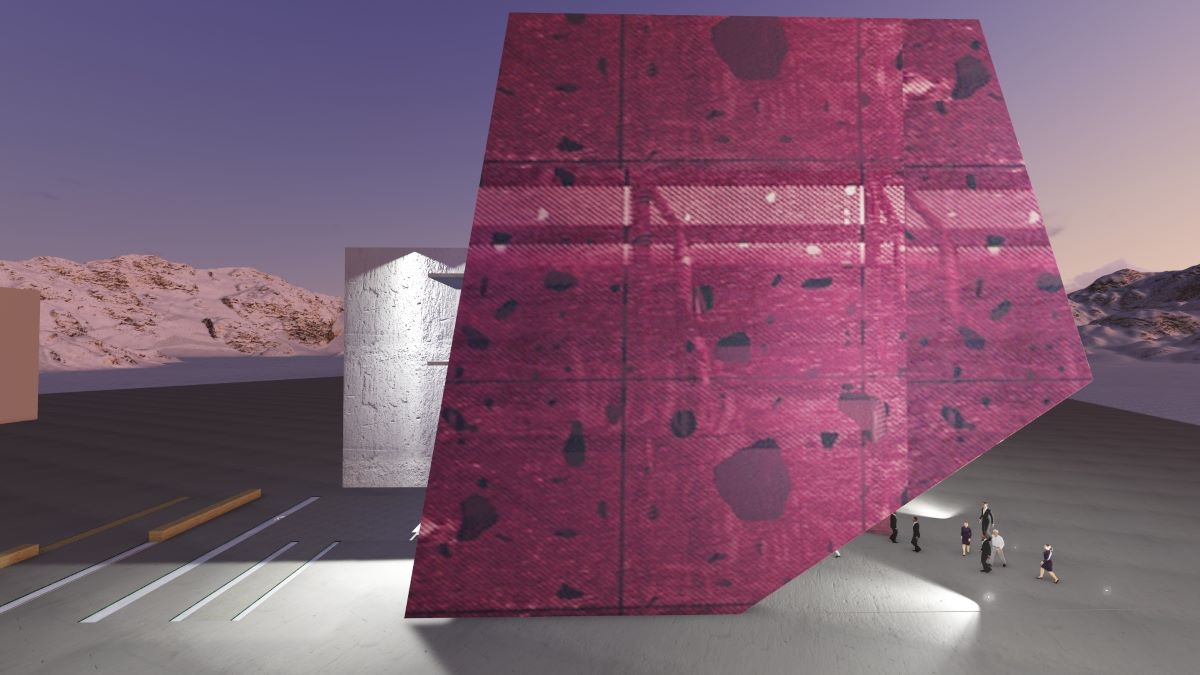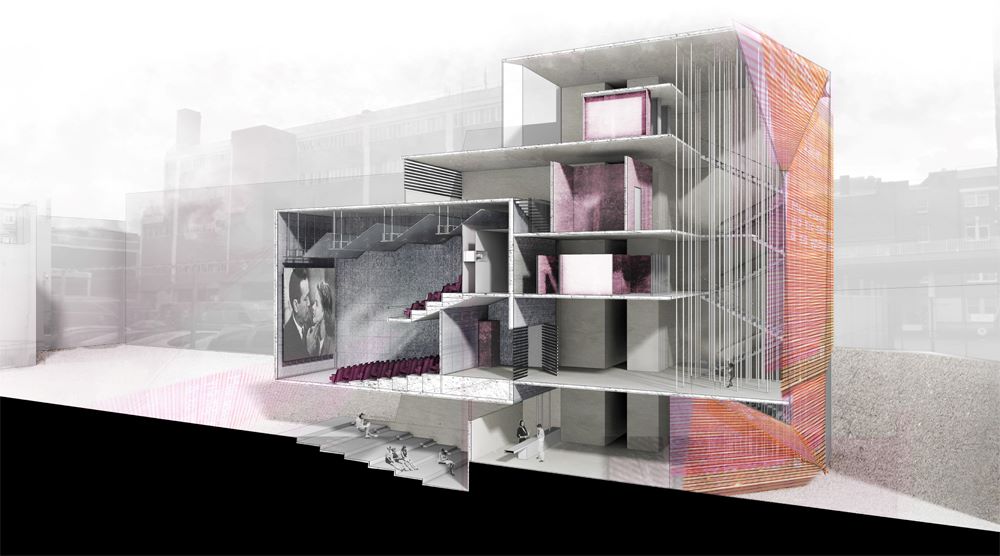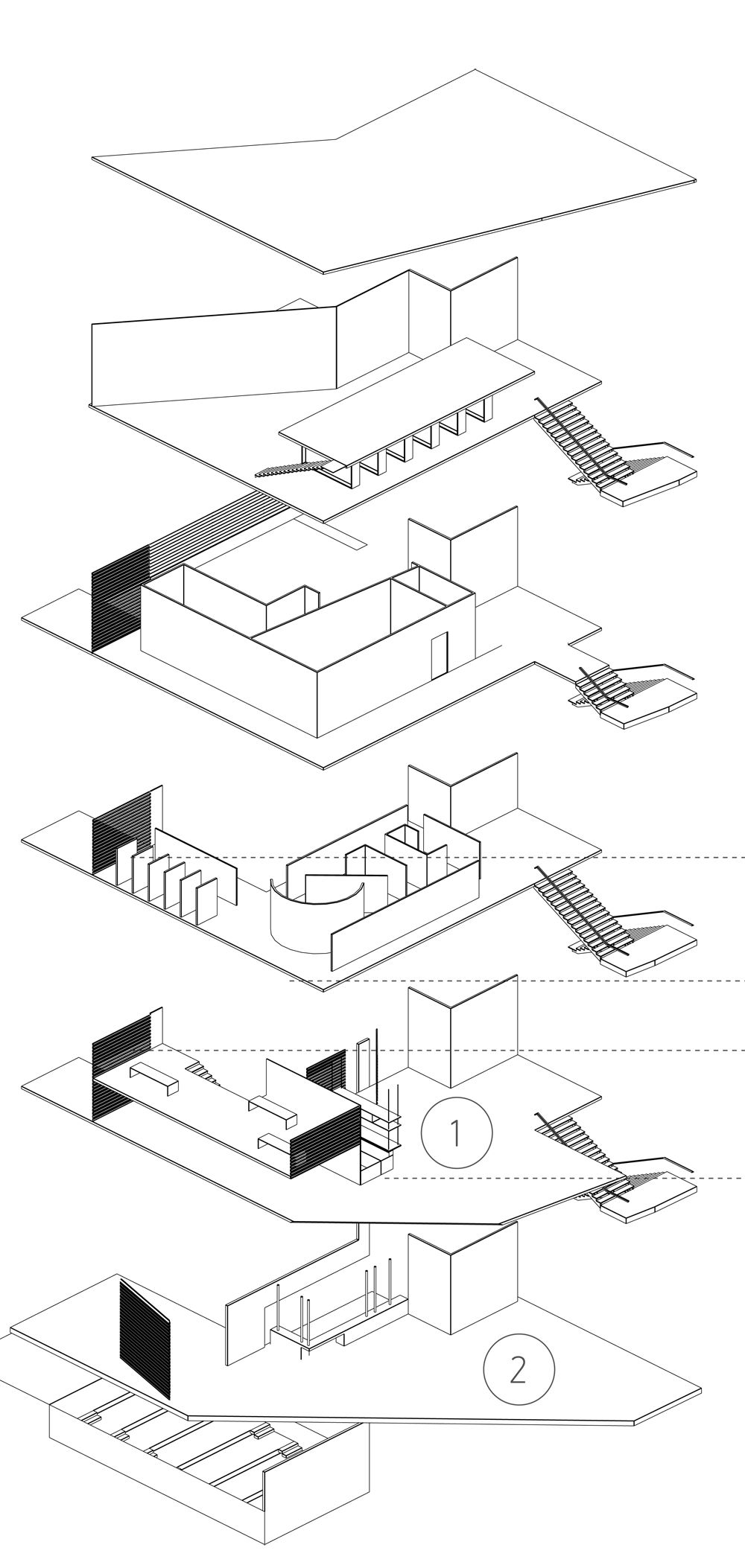Blog Stories

Kino
Cinema is linked, until today, to a more or less personal experience of watching a film, requiring no much more than a big screen, four walls, and yourself. For quite a while not even sound was a necessary complement. It is also a fact that watching a film is a completely one-way process; production ends way before the film is disposable to its audience. Thus, trying to imagine the cinematic experience of the near future, two basic dimensions of it emerged: could watching a film be a collective way of experiencing art? And, most importantly, could cinema transform into a much more interactive procedure? We believe that exploring the possibilities of generating and manipulating audiovisual material could lead to cutting edge, even real time performances. A new relation between user and screen should be introduced, based on the use of dynamic digital processes that try to pair sound, image and human act: cinema is here conceived as a generative instead of a representing experience. Exactly on this view of the cinema’s future is that we based the unique feature of our proposal: a single black box that serves as the cinema hall and retains its mystery is surrounded by space that hosts experimental procedures of producing sound and video, studios and laboratories open to the audience as a collective entity that acts and not only watches the result. Inspired by the field of digital and media art, and especially sound visualization, we imagined a space where anyone interested can take a deep dive into the world of cinema, even organize and display his own independent production.
The design idea of our proposal was inspired from the form of a monolith; it would seem to us that only by sculpting a dynamic and compact form could we deal with the surrounding large-scale buildings of the block. The next step was to allow the passersby to take a look inside, by making cuts to the monolithic outer shell: a small cut serves as the buildings entrance, and a second one serves as a from-top-to-bottom large cut that reveals the building’s orthogonal internal structure. The cinema hall is conceived as an independent black box, added to the rest of the building in a contrastive way. A second, smaller projection space is placed on the ground level, directly linked to the outer space of the building. Thus, three are the main components of our synthesis: the monolithic shell, constructed of a semitransparent, light material, the compact black box, and finally the organized and orthonormal internal floors that host the experimental installations.
Blog Stories

Kino
Cinema is linked, until today, to a more or less personal experience of watching a film, requiring no much more than a big screen, four walls, and yourself. For quite a while not even sound was a necessary complement. It is also a fact that watching a film is a completely one-way process; production ends way before the film is disposable to its audience. Thus, trying to imagine the cinematic experience of the near future, two basic dimensions of it emerged: could watching a film be a collective way of experiencing art? And, most importantly, could cinema transform into a much more interactive procedure? We believe that exploring the possibilities of generating and manipulating audiovisual material could lead to cutting edge, even real time performances. A new relation between user and screen should be introduced, based on the use of dynamic digital processes that try to pair sound, image and human act: cinema is here conceived as a generative instead of a representing experience. Exactly on this view of the cinema’s future is that we based the unique feature of our proposal: a single black box that serves as the cinema hall and retains its mystery is surrounded by space that hosts experimental procedures of producing sound and video, studios and laboratories open to the audience as a collective entity that acts and not only watches the result. Inspired by the field of digital and media art, and especially sound visualization, we imagined a space where anyone interested can take a deep dive into the world of cinema, even organize and display his own independent production.
The design idea of our proposal was inspired from the form of a monolith; it would seem to us that only by sculpting a dynamic and compact form could we deal with the surrounding large-scale buildings of the block. The next step was to allow the passersby to take a look inside, by making cuts to the monolithic outer shell: a small cut serves as the buildings entrance, and a second one serves as a from-top-to-bottom large cut that reveals the building’s orthogonal internal structure. The cinema hall is conceived as an independent black box, added to the rest of the building in a contrastive way. A second, smaller projection space is placed on the ground level, directly linked to the outer space of the building. Thus, three are the main components of our synthesis: the monolithic shell, constructed of a semitransparent, light material, the compact black box, and finally the organized and orthonormal internal floors that host the experimental installations.

